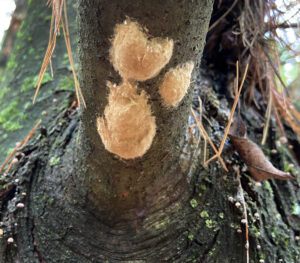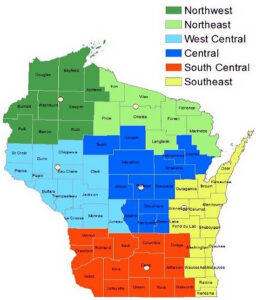
Mature spongy moth larva on a tree at Potawatomi State Park in Door County, July 2025. / Photo Credit: Wisconsin DNR
By Bill McNee, DNR Forest Health Specialist, Oshkosh
Bill.McNee@wisconsin.gov
Wisconsin’s recent period of high spongy moth populations (an “outbreak”) came to an end in 2025, as the remaining known hotspots were aerially sprayed or naturally collapsed. Only a handful of large larvae were observed or reported by property owners.
Spongy moth populations are likely to be low across the state for at least the next few years. However, it is possible that some sites may experience a population increase before then, if local weather conditions are favorable for the insect.
Continue reading “Increased Tree Mortality Seen As Spongy Moth Outbreak Ends”

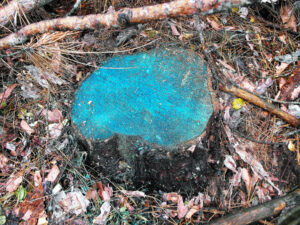
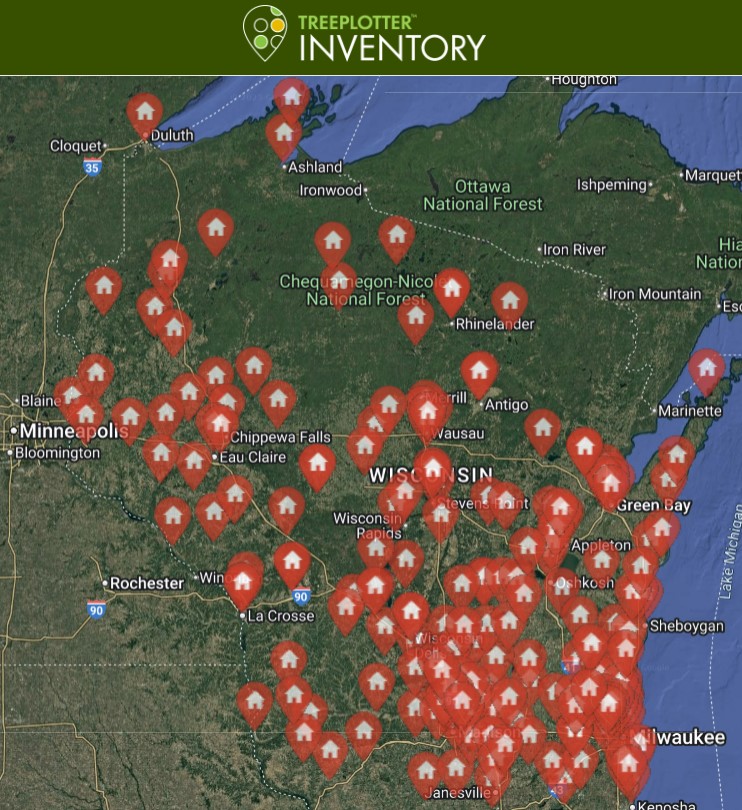 Do you have a tree inventory but have a hard time keeping it up to date? Or are you interested in inventorying trees from scratch?
Do you have a tree inventory but have a hard time keeping it up to date? Or are you interested in inventorying trees from scratch?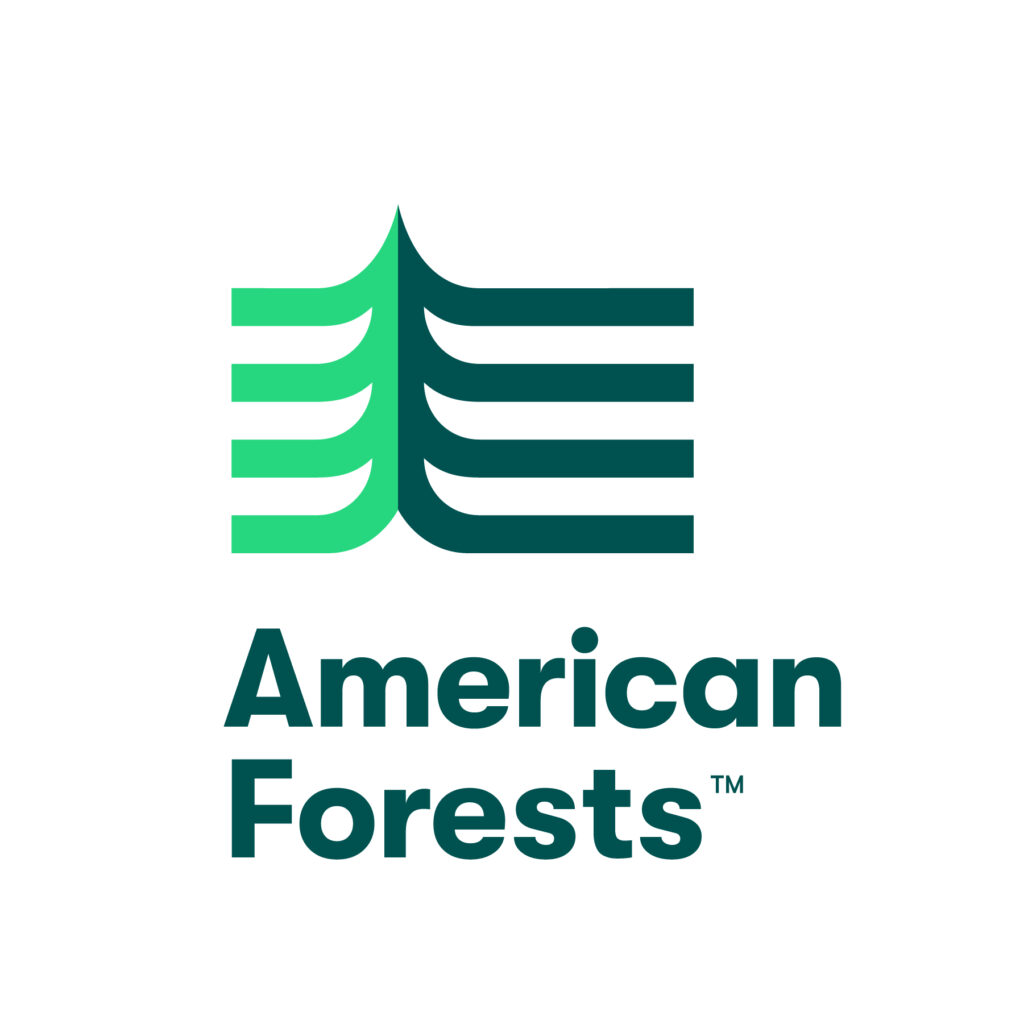 The
The 
 Earth Day, Arbor Day and spring are all quickly approaching, and now is the time to start thinking about your tree plantings! Choosing the proper tree for a specific location will help ensure your tree’s long-term health and survival.
Earth Day, Arbor Day and spring are all quickly approaching, and now is the time to start thinking about your tree plantings! Choosing the proper tree for a specific location will help ensure your tree’s long-term health and survival.